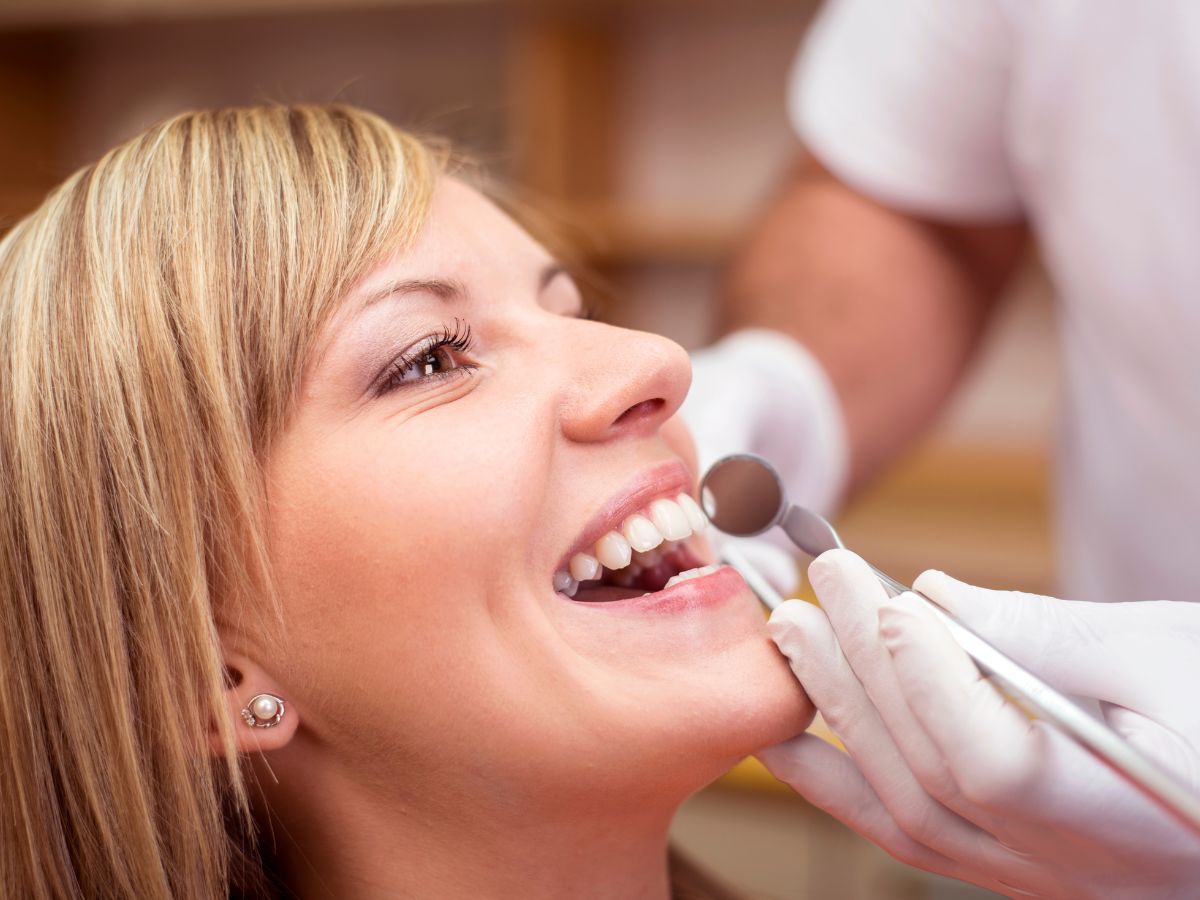Self-ligating braces have actually been around since the 1930’s, but recent improvements in technology have made them more popular than ever before. What makes them so desirable? Let’s dive into everything you need to know about self-ligating braces:
How do self-ligating braces work?
Self-ligating braces use a passive slide mechanism to align the teeth, meaning brackets are clipped into the archwire to hold the wire in place. Traditional braces use elastic ties or rubber bands to anchor the archwire to the bracket, whereas self-ligating braces are completely tie-less.
This tie-less function makes braces more comfortable, as it minimizes friction. It also allows teeth to move independently of each other (instead of moving simultaneously), which allows for a quicker, more efficient treatment process.
What are the benefits of metal self-ligating braces?
Self-ligating braces are known to be more comfortable than traditional braces, as these innovative brackets are smaller and more compact. The tie-less features also eliminates any soreness associated with ‘tightening’ braces.
Smaller brackets are easier to brush and floss around, and they ensure that you’re able to remove all food and debris from your brackets and wires.
We’re proud to offer both metal self-ligating braces and ceramic (clear) self-ligating braces for patients who prefer an even more discreet appearance. Our team uses Damon braces, known for their outstanding quality, high effectiveness, and desirable appearance.
At your initial complimentary consultation, you’ll meet with one of our experienced orthodontists, Dr. Insoft or Dr. Hurst, to help you decide which type of braces will suit your lifestyle best!
Highly-Effective
All types of braces will straighten your teeth – that’s a given. Although some orthodontic conditions, such as moderate crowding or crookedness, appear to respond more quickly to self-ligating braces. Because self-ligating brackets are clipped into the wire and friction is minimized, teeth are able to move independently – which allows for quicker movement. Self-ligating braces have been known to reduce treatment time by up to 6 months!
Oral Hygiene
Self-ligating brackets are easier to clean than brackets with bands. Rubber bands can trap food particles, leaving bacteria and plaque on the teeth even after brushing. Self-ligating braces don’t have as many spaces for bacteria to become trapped, which makes it easier to thoroughly clean all surfaces of the teeth.
Superior Appearance
What most people notice first about braces are the colored bands or metal ligatures holding the wires in place. Without these ligatures, brackets are smaller and less noticeable. Plus, with clear self-ligating braces, your braces will blend in with the natural color of your teeth! If you don’t want your braces to make a colorful statement, these might be the choice for you! It all comes down to your preference.
Do self-ligating braces need to be tightened?
No, self-ligating braces don’t require “tightening”, which means fewer orthodontist visits for you! At each appointment, Dr. Insoft or Dr. Hurst will simply assess your progress to determine if any changes need to be made to your treatment plan. While traditional braces may require orthodontist check-ups every 4 to 6 weeks, ortho visits for self-ligating braces can be every 8 to 12 weeks!
Still have questions about self-ligating braces?
If you are interested in self-ligating braces as an option in your orthodontic care, request your complimentary consultation with us! Our orthodontists are some of the most experienced in the area. We’re here to guide you and your child through your treatment process, from your very first visit, to your last appointment.
If you’re looking for a top orthodontist in St Petersburg, or Seminole, we’d love to meet you! Request a complimentary exam for you or your child today.





